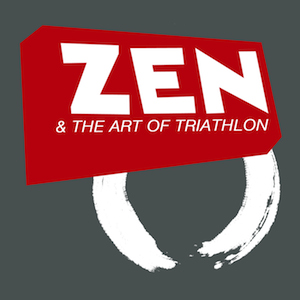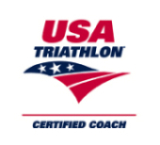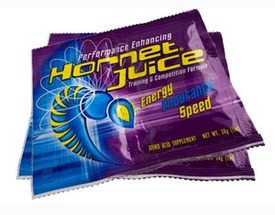Bringing Back the Compact
 Monday, June 4, 2012 at 9:30AM
Monday, June 4, 2012 at 9:30AM I put my spare compact crankset back on my tri bike this weekend and thought I'd share the results. A compact crankset is a relatively new creation (2003) where the cranks have a set of 50/34 chainrings instead of the normal 53/39.
How does this behave in the real world? Having a smaller chainring in the front means that you can climb hills without struggling, almost as if you have a triple chainring. Also, both front chainrings being smaller means that there is a smaller effective gap in the rear cogs, making for finding that perfect gear a little easier.
For triathlon, the upside is huge. You can maintain an ideal cadence much more of the time instead of blasting your legs being in too big of a gear, which happens often. You also can spin up hills more easily with the newfound low gears in the back. I was able to climb the local steep grade at 95 rpm instead of the low 80s, which was really helpful. When you leave the bike and start to run, you will be able to run much better not having ground your legs to a pulp in a low gear.
What you lose is top-end speed. A 50-12 top gear is a few mph slower than a 53-12. With the 50-12, I found that my top speed was around 33 mph at 96 rpm. But in triathlon, you aren't trying to "break away" from the pack for a sprint finish or jump a gap like you are in classic road bike races, so you don't need massive gears for those huge jumps in speed. Triathlon cycling is a consistent and even effort, so how often would you be going 33 mph anyway? There is the case of downhills, but wind resistance becomes so strong and the percent of gain for effort spent is actually pretty small. You might find your time spent going downhill over 33 mph is best used coasting to give the legs a break. In any case, you can change your cassette out for an 11-to-whatever-you-need-anyway.
Mechanically, there's also another advantage - You gain most of the benefit of a triple-chainring crank without the weight and also without the added complication and cost of the triple front shifting setup. In fact, a compact crankset actually weighs less than a double. Nice!
If you are riding a road bike for triathlons, you should take a look at the front chainrings and see what the numbers say. If it's not a compact, your biggest gains on the bike might come quickly by swapping it out for one.














Reader Comments (1)
you might want to point out , In order to switch out the chain rings , the crank must also be changed. Nice post.